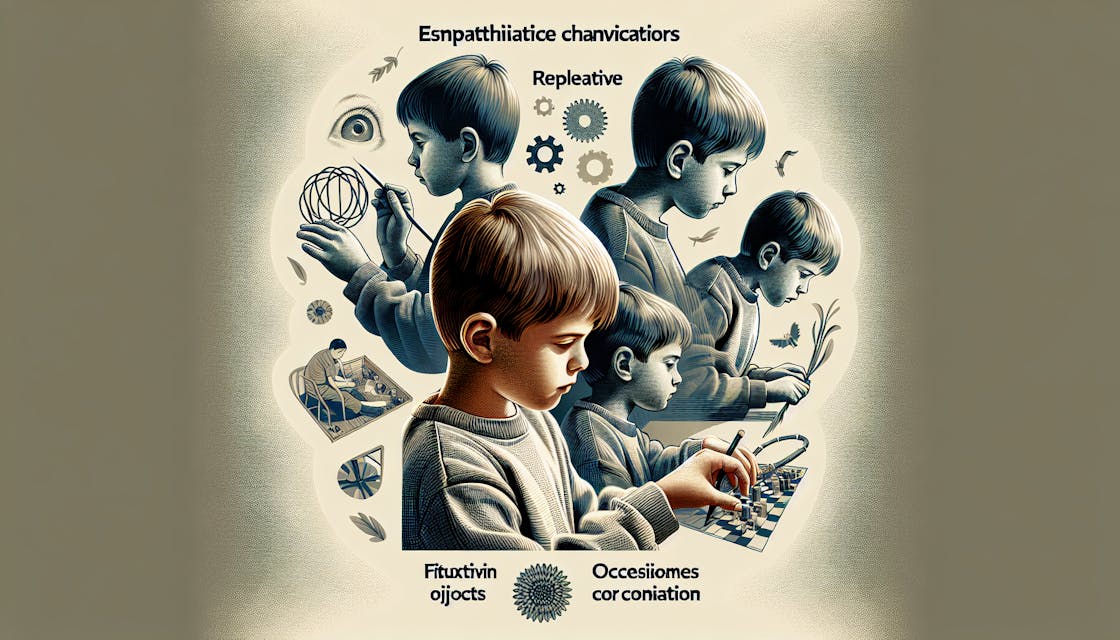ABA for Autism and Anxiety Disorders
Discover how ABA for autism and anxiety disorders enhances skills and well-being for children with autism.
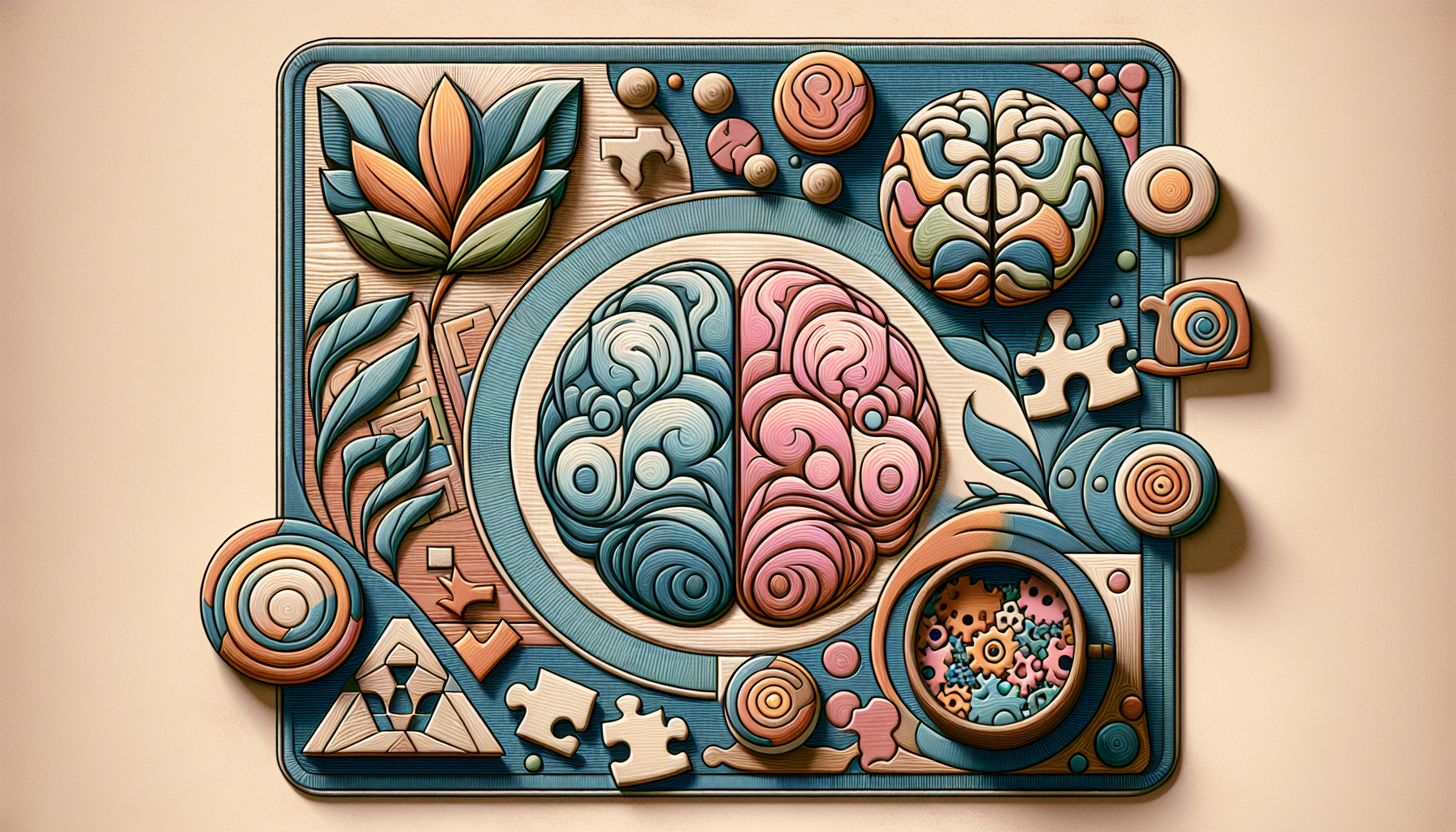
Understanding ABA Therapy
Applied Behavior Analysis (ABA) therapy is a structured approach aimed at helping children on the autism spectrum develop essential social and emotional skills. This therapy relies on established principles of learning theory, emphasizing the importance of positive reinforcement and individualized plans tailored to the unique needs of each individual.
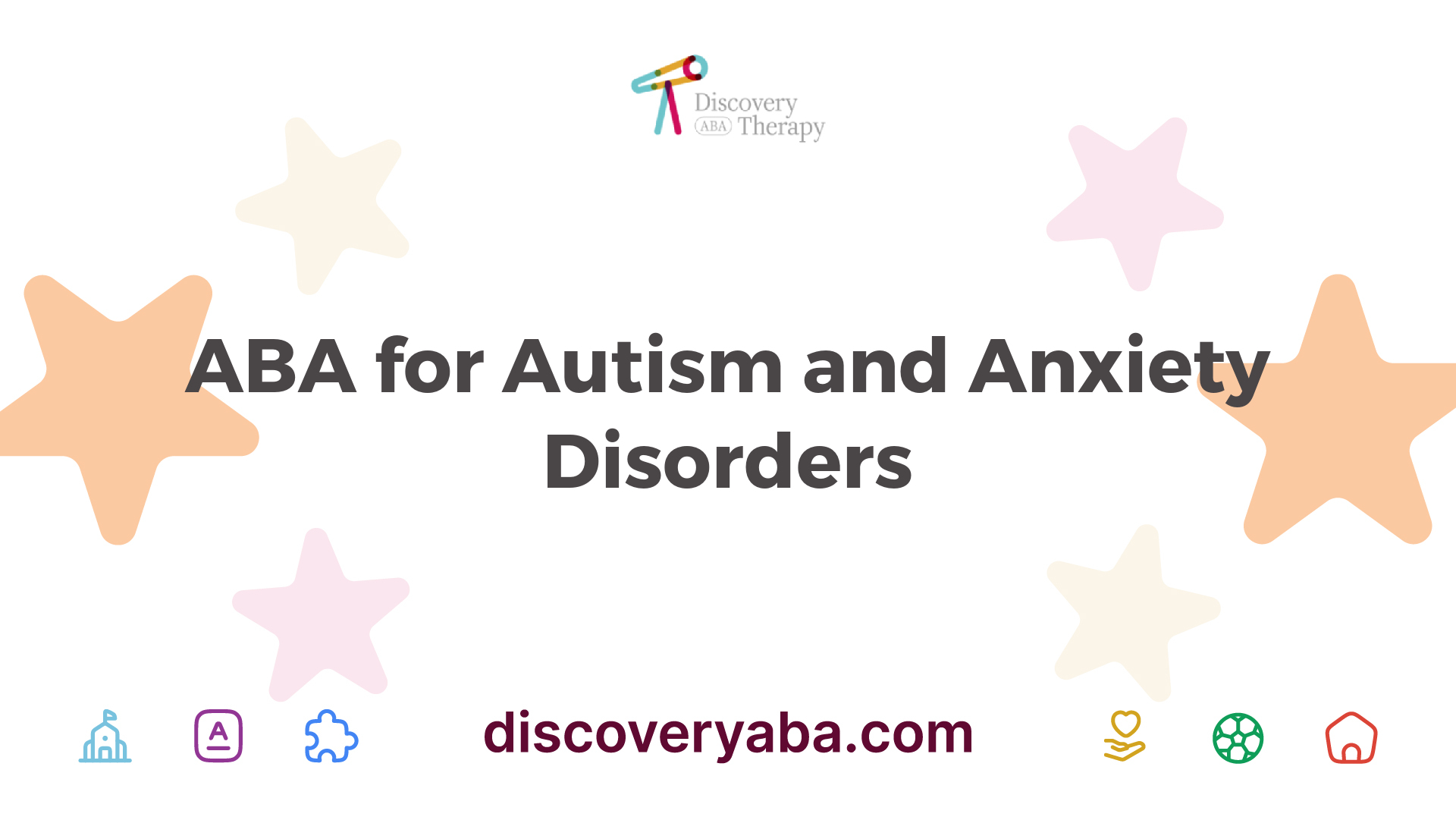
Principles of ABA Therapy
The cornerstone of ABA therapy lies in its foundation of learning principles. Positive reinforcement is a crucial technique employed in this type of therapy. When a desired behavior is followed by a rewarding consequence, the likelihood of that behavior being repeated increases over time [1]. This principle helps in shaping positive behavior changes in individuals with autism, allowing them to navigate social interactions more effectively.
The implementation of ABA therapy involves a structured program overseen by a board-certified behavior analyst (BCBA). This expert is responsible for designing the therapy plan, which encompasses specific goals and strategies customized for each individual. The customized approach ensures that the therapy aligns with the learner's skills, needs, interests, preferences, and the family's situation [1].
Personalized Therapy Plans
A significant aspect of ABA therapy is the creation of personalized plans tailored to each participant, which sets it apart from one-size-fits-all approaches. These plans focus on the specific needs and goals of the individual, allowing for targeted interventions that can be significantly more effective. For instance, specific targets may include enhancing communication skills, social skills, or behavior management.
According to research, more than 20 studies have shown that ongoing intensive therapy—often requiring 25 to 40 hours a week over a period of 1 to 3 years—leads to improved outcomes for many children with autism [1]. Personalized plans not only facilitate skill development but also encourage adaptability in various settings, whether at home or school.
The effectiveness of these personalized plans is evident in various realms of skill acquisition, including teaching functional life skills with ABA, addressing specific behavioral challenges, and developing strategies for improving turn-taking with ABA therapy. By focusing on individual goals and strengths, ABA therapy fosters significant growth in children with autism and anxiety disorders.
Overall, understanding the principles of ABA therapy and the importance of personalized therapy plans is crucial for parents and caregivers seeking effective interventions for their children.
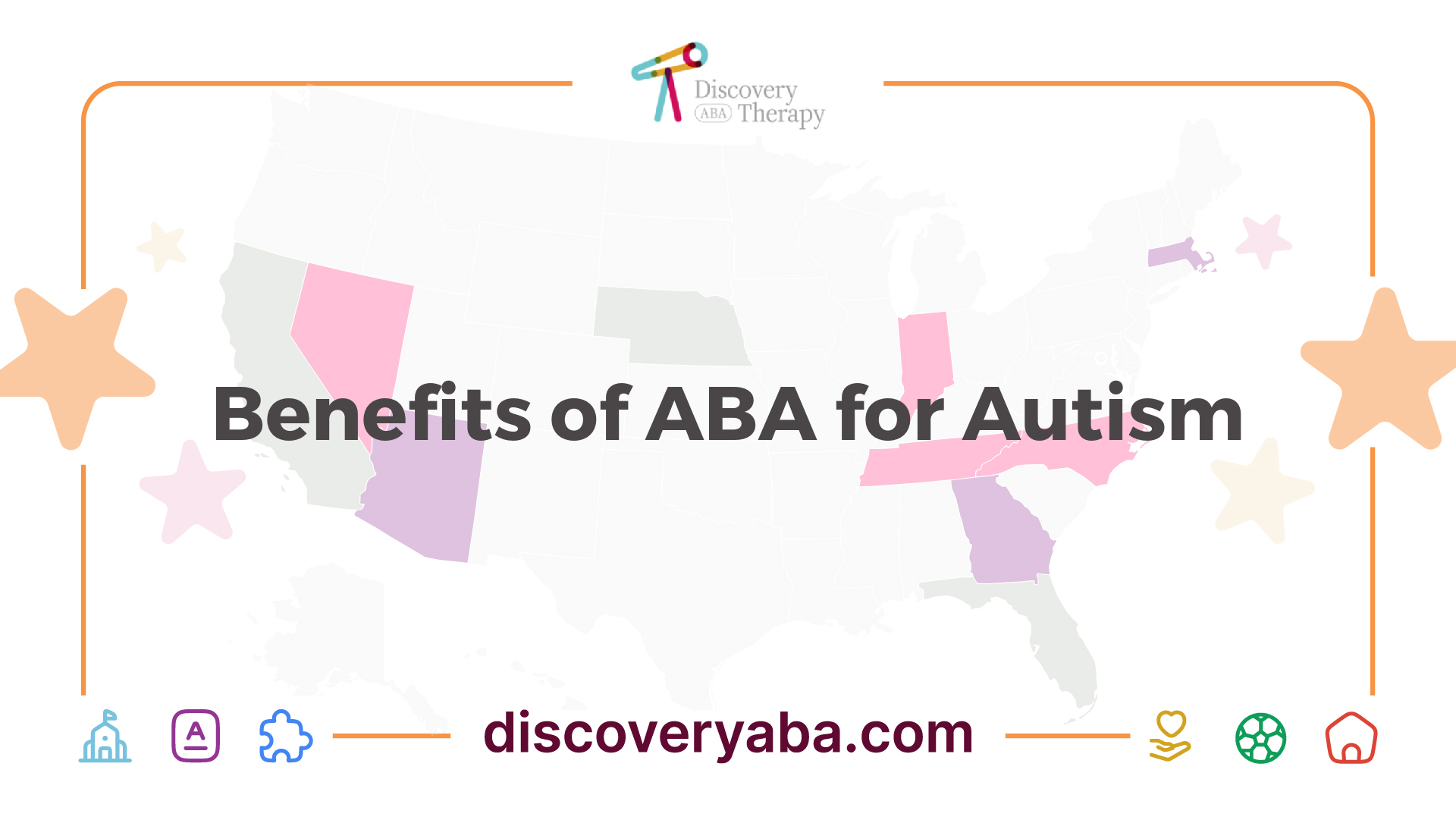
Benefits of ABA for Autism
Applied Behavior Analysis (ABA) therapy offers numerous benefits for individuals with autism, particularly in enhancing social and communication skills, as well as promoting adaptive skill development.
Social & Communication Skills
One of the primary advantages of ABA therapy is its ability to improve social and communication skills in children with autism. Research indicates that children participating in intensive, long-term ABA programs show significant gains in their social functioning and communication abilities. This development is crucial as it supports meaningful interactions with peers and adults.
Below is a summary of common social and communication skills targeted in ABA therapy:
Skills DevelopedDescriptionEye ContactIncreases engagement in conversations and social situations. See more on increasing eye contact with aba therapy.Turn-TakingPromotes sharing and cooperation, essential for building friendships. For strategies, visit improving turn-taking with aba therapy.Imitation SkillsEnhances learning through observation and mimicking others. Learn about methods by visiting teaching imitation skills with aba.
Positive reinforcement, a critical technique in ABA, reinforces desirable behaviors, encouraging children to repeat socially appropriate interactions [2]. This approach helps children learn the nuances of social communication, including non-verbal cues, turn-taking, and initiating conversations with their peers.
Adaptive Skill Development
Beyond social skills, ABA therapy is instrumental in developing adaptive skills necessary for daily living. These skills encompass tasks such as personal care, household chores, and functional life skills. Developing these skills is essential for promoting independence and enhancing quality of life for individuals with autism.
The adaptive skills targeted in ABA may include:
Skills DevelopedDescriptionDaily Living SkillsSkills like grooming, dressing, and hygiene. For more insights, refer to teaching functional life skills with aba.Coping SkillsEquipping children with strategies to manage anxiety or distress. More on this can be found at developing coping skills with aba.Behavior ManagementAddressing challenging behaviors, such as aggression, to foster a positive environment. Explore aba for aggression in adolescents with autism for more details.
Studies show that children participating in ABA therapy experience improved outcomes in adaptive skills, language development, and overall intellectual functioning [1]. These skills not only enhance the child's capabilities but also empower parents and caregivers by reducing reliance on others for daily tasks, fostering greater independence.
The structured approach of ABA allows for individualized therapy plans that cater to each child's strengths and areas for improvement, ensuring that their unique needs are met and progress is measurable. For further understanding of ABA's impact, you can explore aba for autism and sensory disorders to see how it varies and adapts to different challenges.
ABA Techniques
ABA therapy employs various techniques to foster learning and behavior modification in individuals with autism. Among these methods, positive reinforcement and functional behavior assessment play key roles in creating effective treatment plans.
Positive Reinforcement
Positive reinforcement is a foundational technique in ABA therapy. This method involves providing a child with a reward or praise for an accomplishment, which encourages the continuation of desired behaviors. A notable fact is that when a behavior is followed by a reward, the likelihood of that behavior being repeated increases significantly.
Rewards used in positive reinforcement can range from simple verbal praise to tangible items such as toys or books, or activities such as watching a video or playing in a playground. This flexibility allows caregivers to tailor incentives to a child's preferences, thereby enhancing the effectiveness of the technique.
The following table summarizes common rewards used in positive reinforcement:
Type of RewardExamplesVerbal Praise"Great job!"Tangible RewardsToys, stickersActivity RewardsExtra playtime, video time
By implementing positive reinforcement, children can achieve sustained improvements in behavior over time, supporting their overall development and learning [2].
Functional Behavior Assessment
Functional Behavior Assessment (FBA) is another critical component of ABA therapy. This assessment identifies the underlying causes of specific behaviors by examining the context in which they occur. Understanding the functions of behavior—whether they aim to gain attention, escape situations, or fulfill sensory needs—enables therapists to develop targeted interventions.
An FBA typically includes the following steps:
Conducting an FBA allows for the development of personalized and effective ABA interventions for children, creating a foundation for meaningful behavior change. To learn more about ABA techniques, particularly how they address specific challenges, check out our articles on aba for autism and sensory disorders and developing coping skills with aba.
ABA for Anxiety Disorders
Childhood anxiety is a common co-occurring condition in children diagnosed with Autism Spectrum Disorder (ASD). Individuals with ASD often struggle with difficulties in processing information, adapting to change, and interpreting social cues, which significantly heightens their anxiety levels [3]. These challenges can exacerbate feelings of overwhelm and distress, making effective management strategies essential for supporting both the child and their caregivers.
Anxiety in Children with Autism
Children with autism may experience a range of anxiety symptoms, including excessive worry, physical signs of stress, and avoidance behaviors. Understanding these manifestations is critical for parents and caregivers.
Anxiety SymptomsDescriptionExcessive WorryFrequent concerns about social situations or changes in routine.Physical SymptomsSigns like sweating, trembling, or increased heart rate during stressful situations.Avoidance BehaviorsIntentionally avoiding situations or activities that trigger anxiety.
Recognizing these symptoms allows for better targeting of interventions, helping children manage their anxiety effectively.
Using ABA for Anxiety Management
Applied Behavior Analysis (ABA) is widely recognized as an effective, evidence-based practice for children with autism [3]. It provides tailored support to help manage anxiety by breaking down complex tasks into smaller, manageable steps. This approach helps children develop and strengthen coping mechanisms, thus improving their ability to handle anxiety-inducing situations.
Research highlights that ABA therapy interventions notably reduce anxiety-related behaviors in children with ASD and comorbid anxiety disorders. Techniques such as systematic desensitization and reinforcement strategies are particularly successful in alleviating anxiety symptoms. A study published in the Journal of Applied Behavior Analysis supports this, demonstrating significant improvements in overall functioning for children undergoing ABA interventions [4].
The comprehensive nature of ABA allows for individualized strategies tailored to each child's unique needs. Additional methods, such as developing coping skills with ABA, help equip children with effective techniques to cope with anxiety, while strategies like teaching functional life skills with ABA enable them to navigate daily challenges with greater ease.
As research continues to affirm the effectiveness of ABA-based interventions, it becomes increasingly essential for parents and caregivers to consider these strategies when addressing anxiety in children with autism. Supportive practices can lead to improved emotional well-being and more positive outcomes for these children.
Criticisms and Evolutions of ABA
ABA therapy has faced scrutiny over the years, leading to significant changes in its methodologies and implementation. As practitioners and researchers strive to address concerns, modern ABA approaches have evolved to better serve individuals with autism, particularly in creating a more accommodating environment.
Modern ABA Approaches
The evolution of ABA therapy has shifted away from its earlier forms that included aversive techniques, such as electric shocks. Today's modern ABA sessions are more play-based and focus on facilitating natural skill development in children with autism [5]. This shift not only emphasizes positive interactions but also fosters engagement, making the sessions enjoyable for children.
Additionally, extensive studies have demonstrated that a variety of procedures based on behavioral principles are effective for individuals diagnosed with autism spectrum disorder (ASD). Approaches such as shaping, discrete trial teaching, incidental teaching, pivotal response training, and naturalistic developmental behavioral interventions have shown significant effectiveness in improving outcomes for those with ASD [6].
Modern ApproachDescriptionPlay-Based SessionsSessions incorporate play to promote skill development in a natural and enjoyable environment.Evidence-Based PracticesUtilizes various behavioral principles shown to be effective through rigorous research.Individualized StrategiesSessions are tailored to the specific needs and preferences of each child.
Individualized Therapy Strategies
Recent trends in ABA therapy highlight the importance of individualized therapy plans. Therapists are now focusing on adapting strategies to be less repetitive and more engaging, thereby enhancing the learning experience for children. The goal is to assist children in developing essential skills without altering their natural way of thinking or feeling.
This focus on personalizing treatment has spurred discussions among autism rights activists and neurodiversity advocates. Concerns have been raised regarding not only historical practices but also aspects of current ABA interventions. Terminology such as "anti-ABA" and "ABA reform" has emerged among critics, advocating for changes in practices to ensure a more respectful and effective approach to therapy [6].
By emphasizing individualization and playfulness, modern ABA approaches aim to create a safe and supportive therapeutic environment that respects the unique needs of each child. Continued adjustments and adaptations within the field of ABA therapy are essential for maximizing its efficacy while addressing longstanding criticisms. For more information on various applications of ABA, visit our articles on aba for autism and sensory disorders and aba for focus and attention in autism.
Research and Effectiveness
The effectiveness of Applied Behavior Analysis (ABA) in treating autism and anxiety disorders has been well-documented through numerous studies. Research highlights not only the positive outcomes associated with ABA therapy, but also establishes its foundational principles as a leading approach in behavioral interventions.
Studies on ABA Therapy
Multiple studies indicate that children who engage in intensive and long-term ABA therapy experience notable improvements across various domains. According to WebMD, these children show gains in social, communication, and adaptive skills. Furthermore, a significant body of research confirms the effectiveness of various ABA techniques. A study published in the Journal of Applied Behavior Analysis found that interventions based on ABA successfully reduced anxiety-related behaviors in children with autism spectrum disorder (ASD) and related anxiety disorders. The findings indicate that methods like systematic desensitization and reinforcement significantly improved functioning and reduced anxiety symptoms [4].
Study FocusKey FindingsIntensive ABA TherapyGains in social, communication, and adaptive skills.Anxiety ManagementEffective reduction of anxiety-related behaviors.Comprehensive ABA InterventionsRecognized as the most effective for ASD.
Evidence-Based Practice
Comprehensive behavioral interventions informed by ABA principles have been rigorously validated as effective for individuals diagnosed with ASD. Research has consistently supported the use of techniques such as shaping, discrete trial teaching, incidental teaching, pivotal response training, and naturalistic developmental behavioral interventions. Each of these strategies is tailored to meet the unique needs of individual learners, ensuring personalized care.
A board-certified behavior analyst (BCBA) plays a crucial role in this process, designing and overseeing ABA programs that are customized to fit the skills, needs, interests, preferences, and family situations of each child [1]. By conducting thorough assessments, the BCBA sets specific treatment goals that might include enhancing communication, social skills, self-help capabilities, play, and leisure activities.
In summary, the research supports ABA therapy as a foundational method for improving outcomes related to autism and anxiety disorders, showcasing its effectiveness through evidence-based practice. For further insights on ABA's impact in specific areas, consider exploring topics such as aba for aggression in adolescents with autism or developing coping skills with aba.
Find More Articles
Contact us
North Carolina, Tennessee, Nevada, New Jersey, Utah, Virginia
New Hampshire, Maine
Massachusetts, Indiana, Arizona, Georgia
.avif)














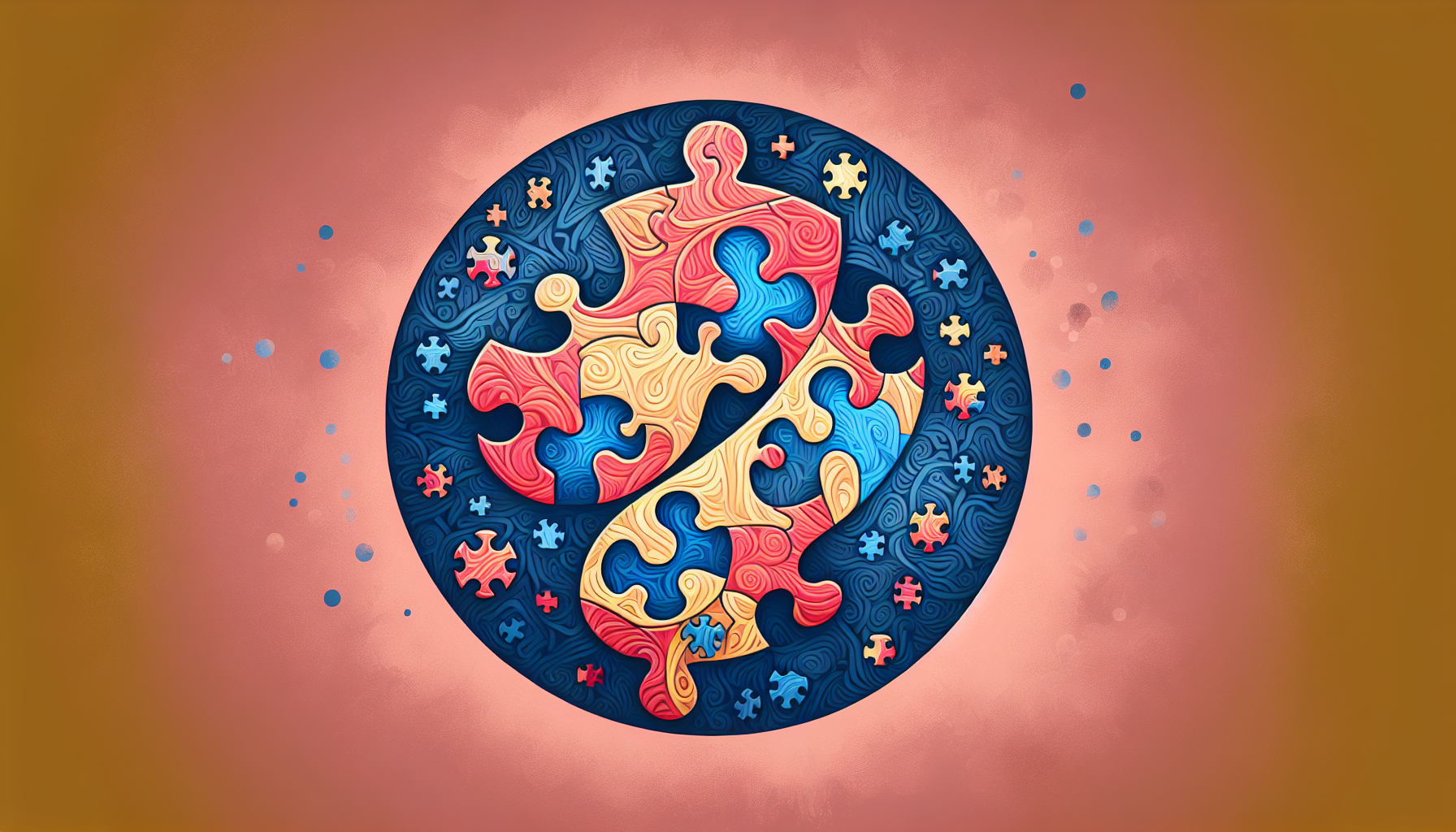





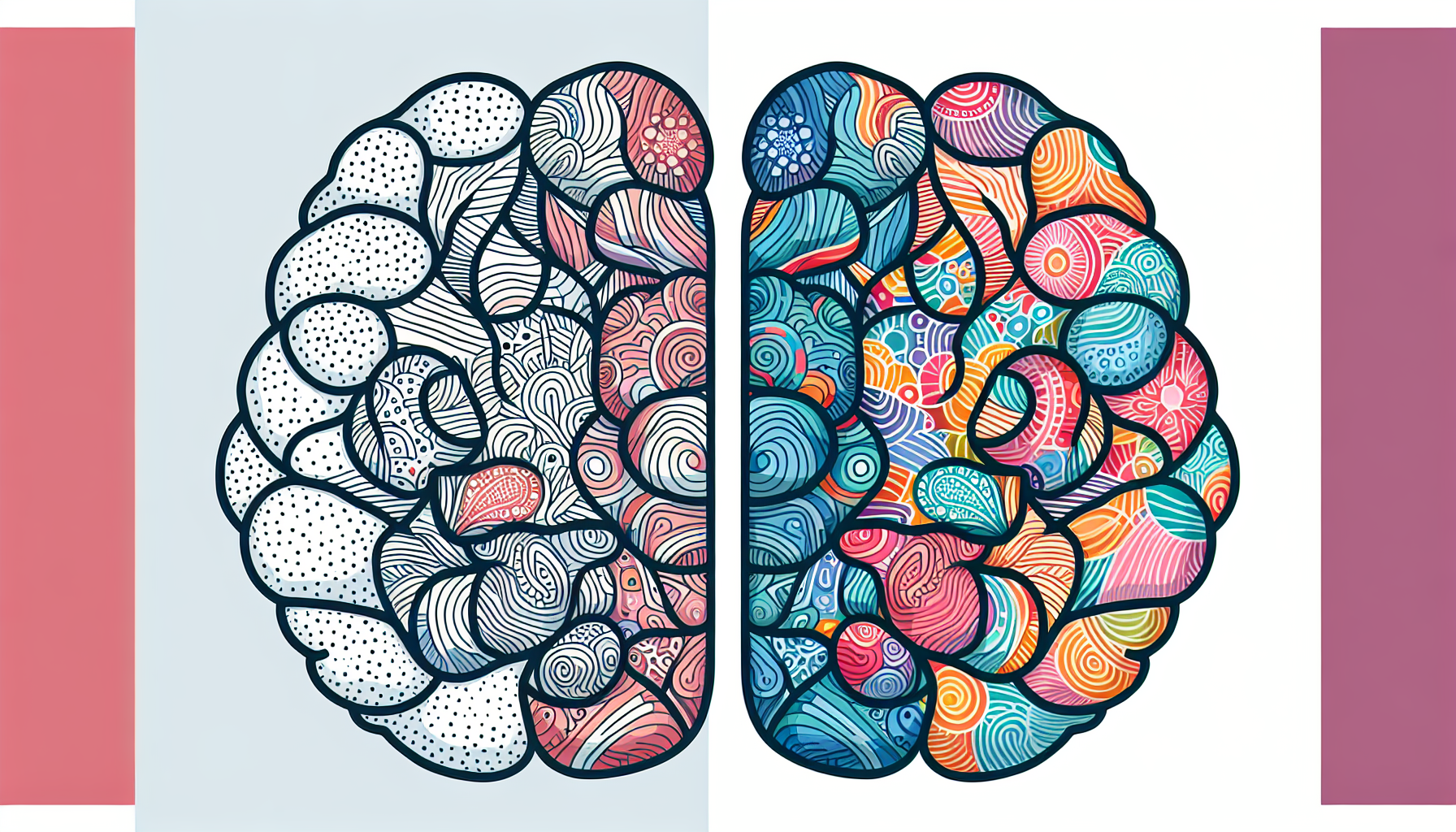
































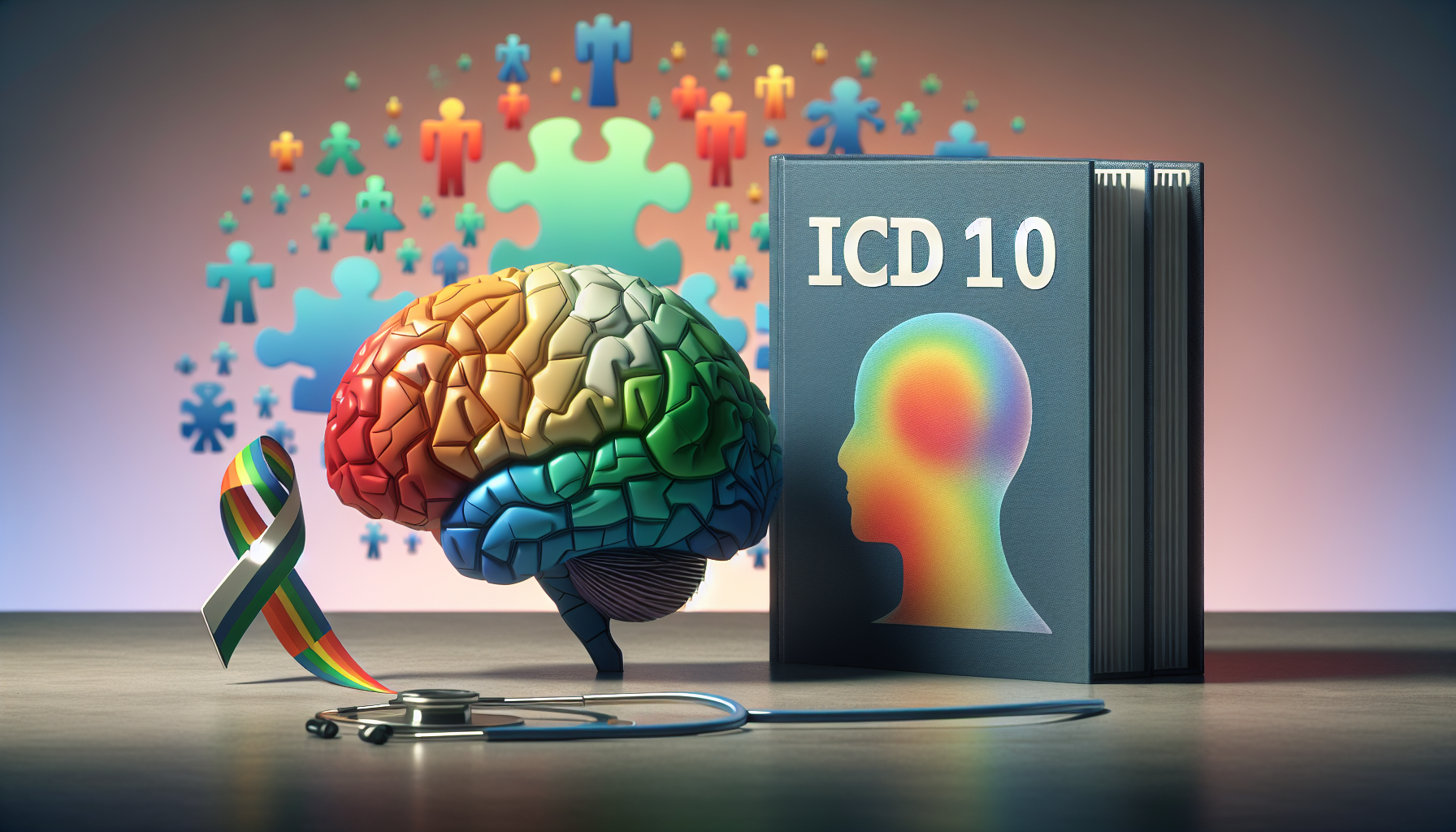






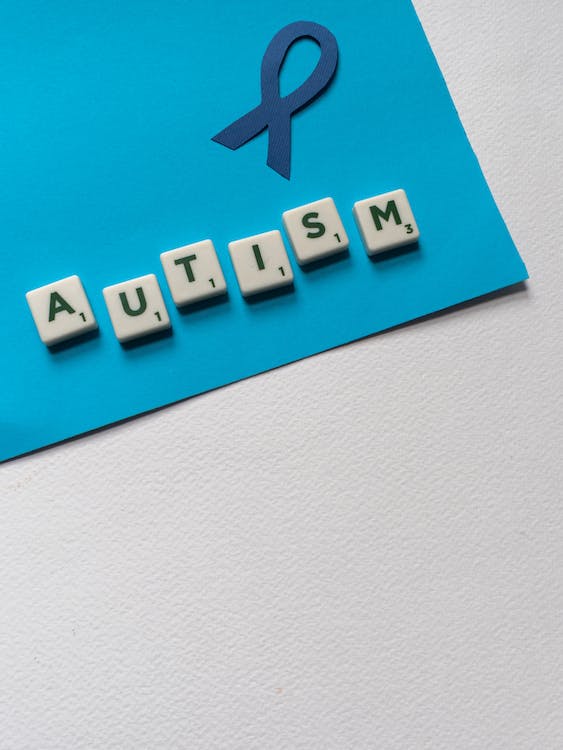







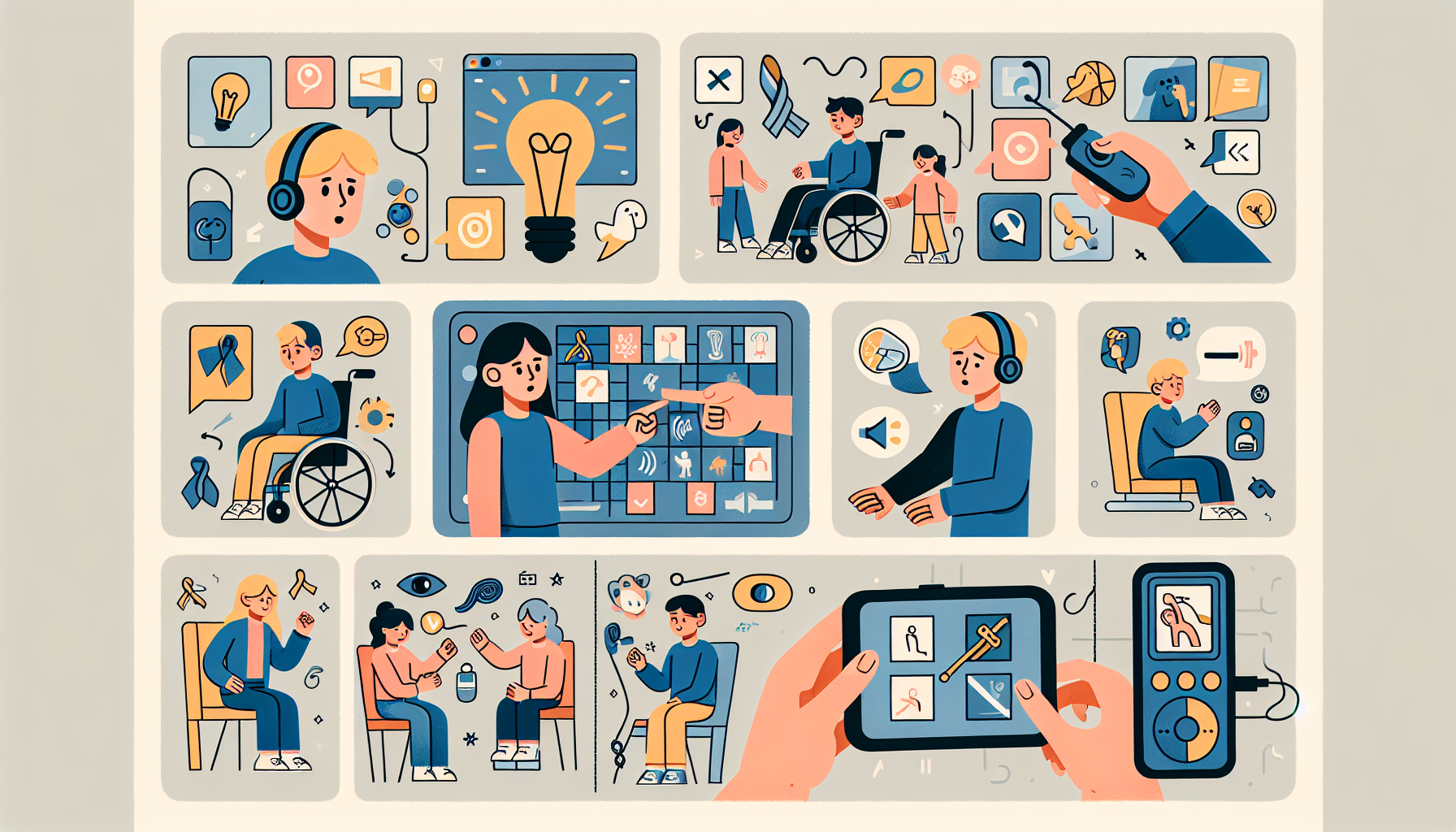







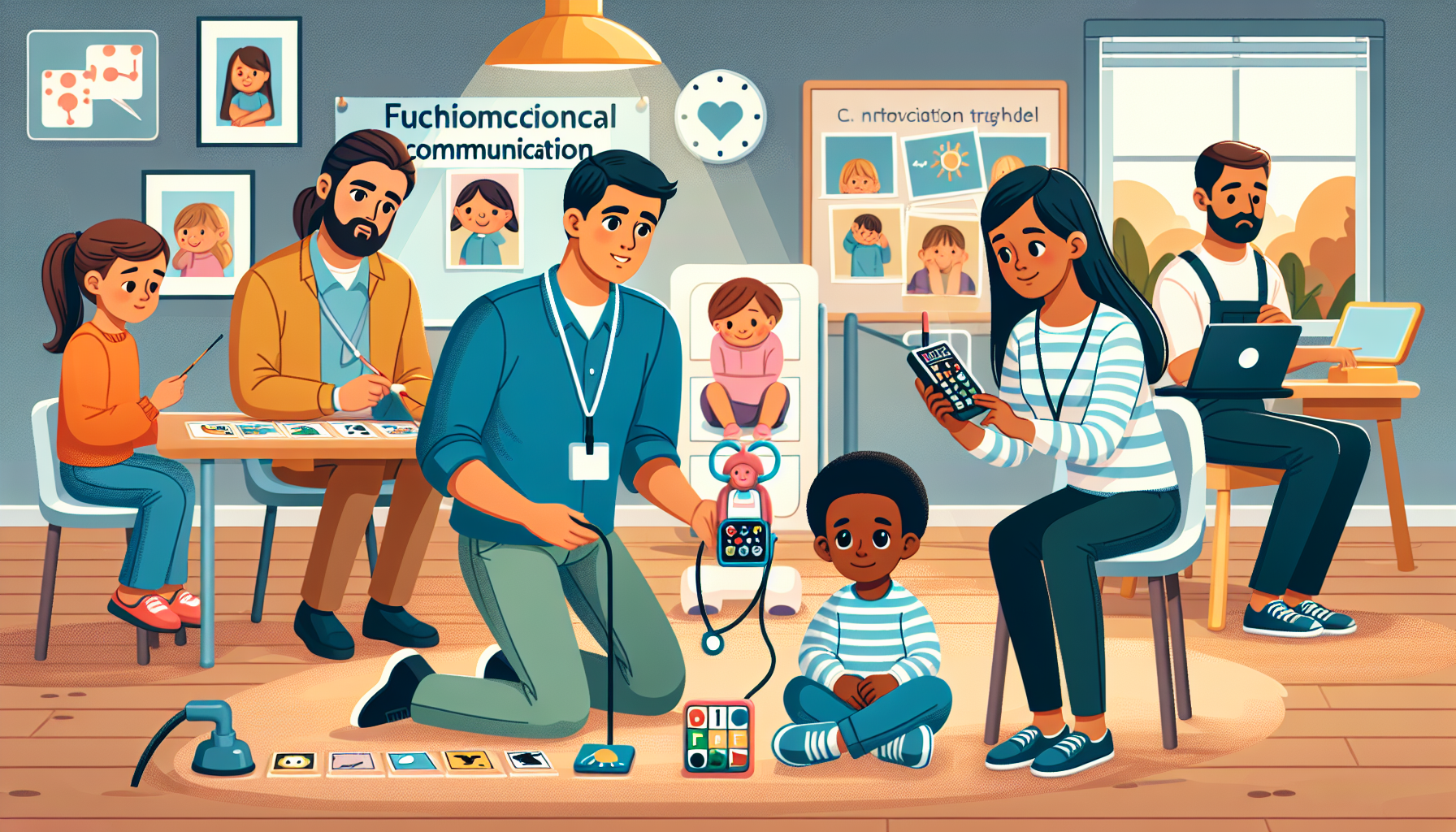


.jpeg)
